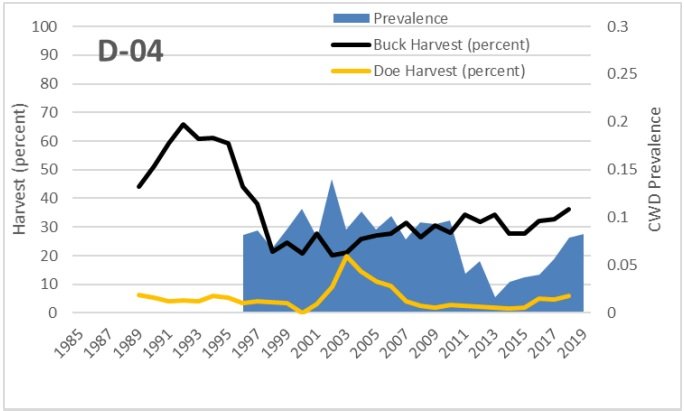Addicting
Well-known member
If you think I’m not invested as a NR you are sorely mistaken. My point total and what I have to spend to come there to chase deer absolutely makes me interested in the quality of the WY deer herd.I'm glad you feel comfortable, from where ever you live, on Wyoming killing off buck deer in the name of "science", when there really isn't a clear understanding of what's being dealt with.
How do you suppose they get a clear understanding? Status quo? Or try something that had some success elsewhere? If you can do better what’s your plan?






